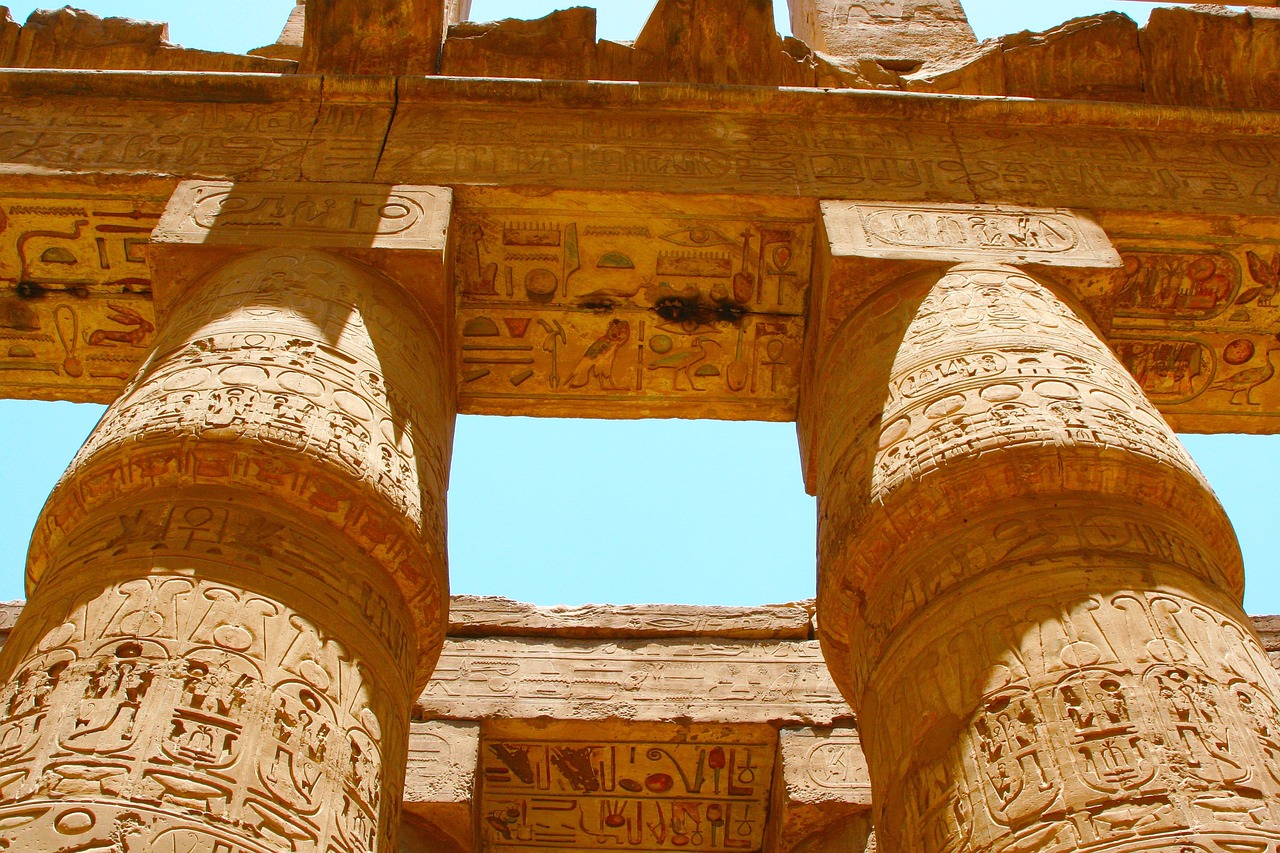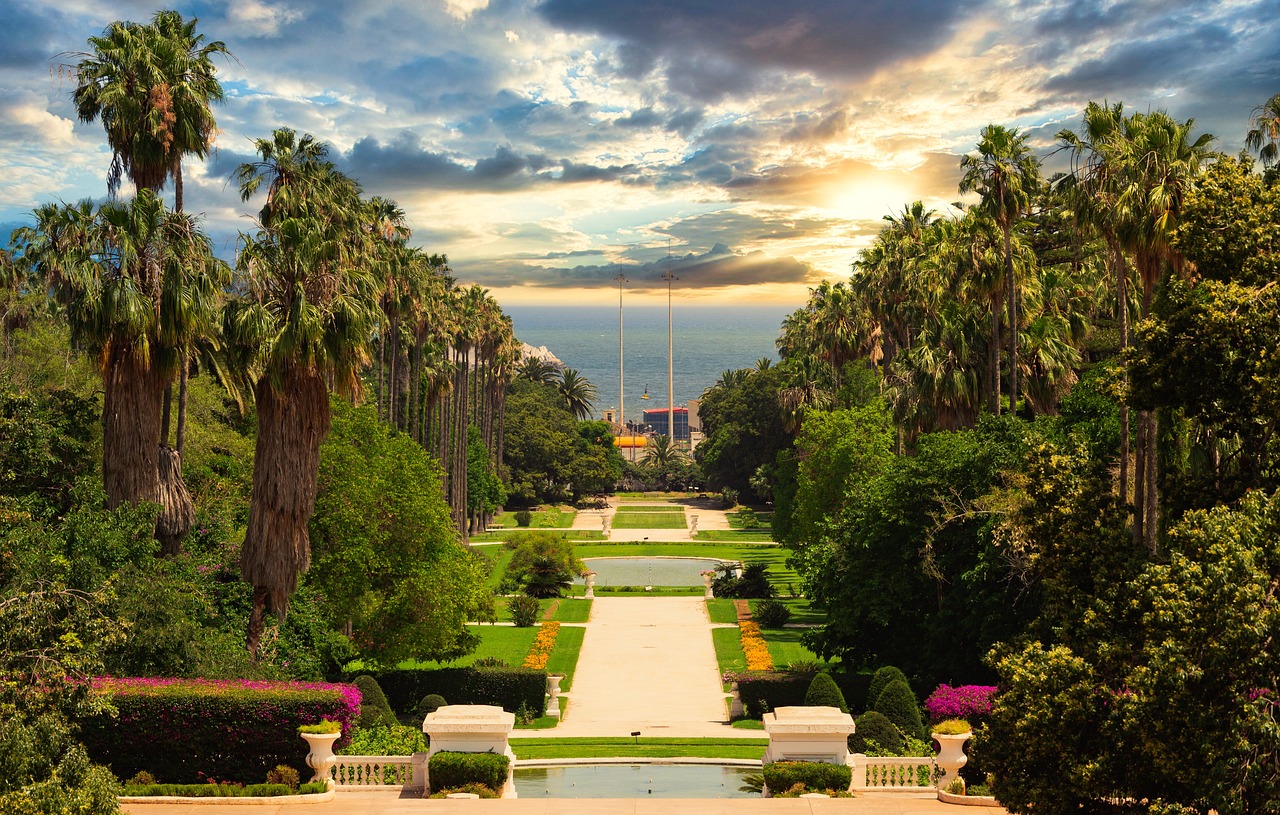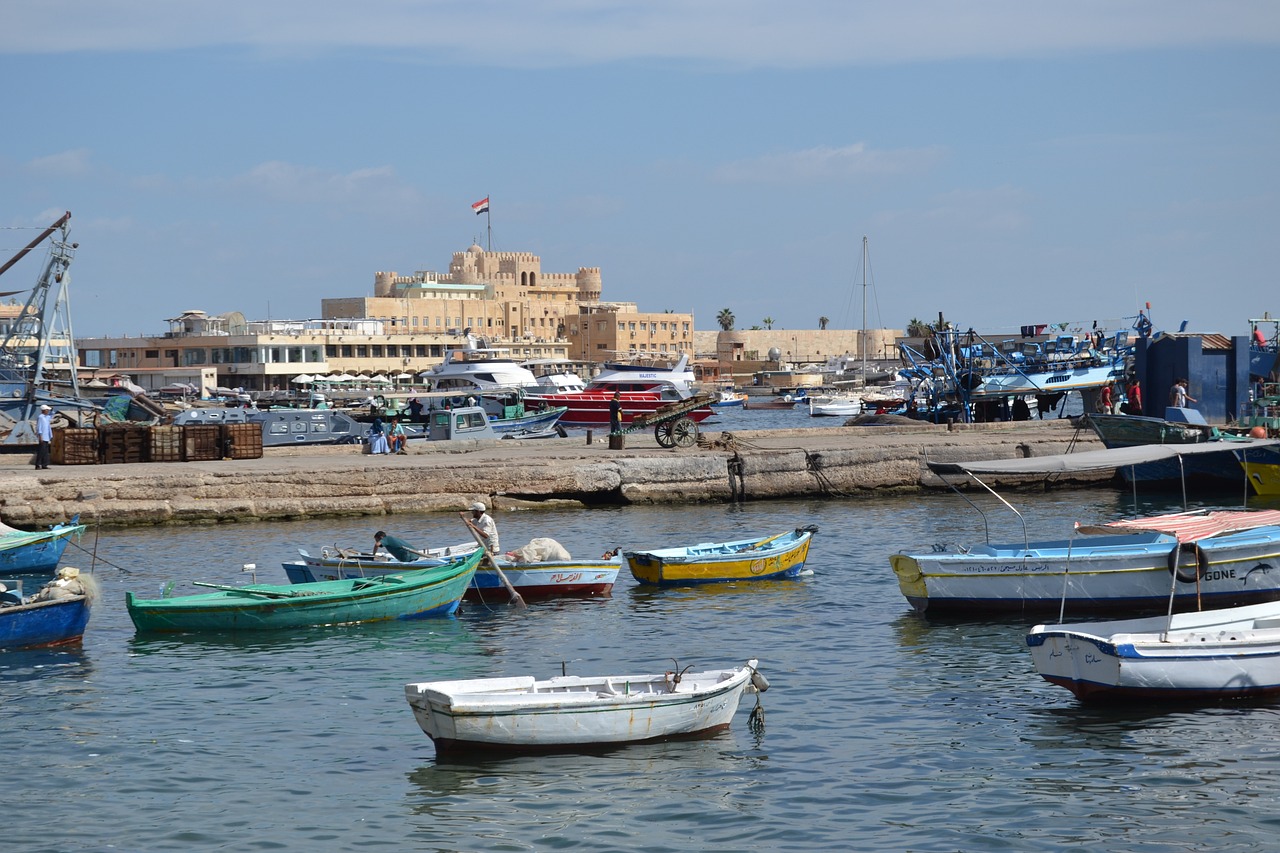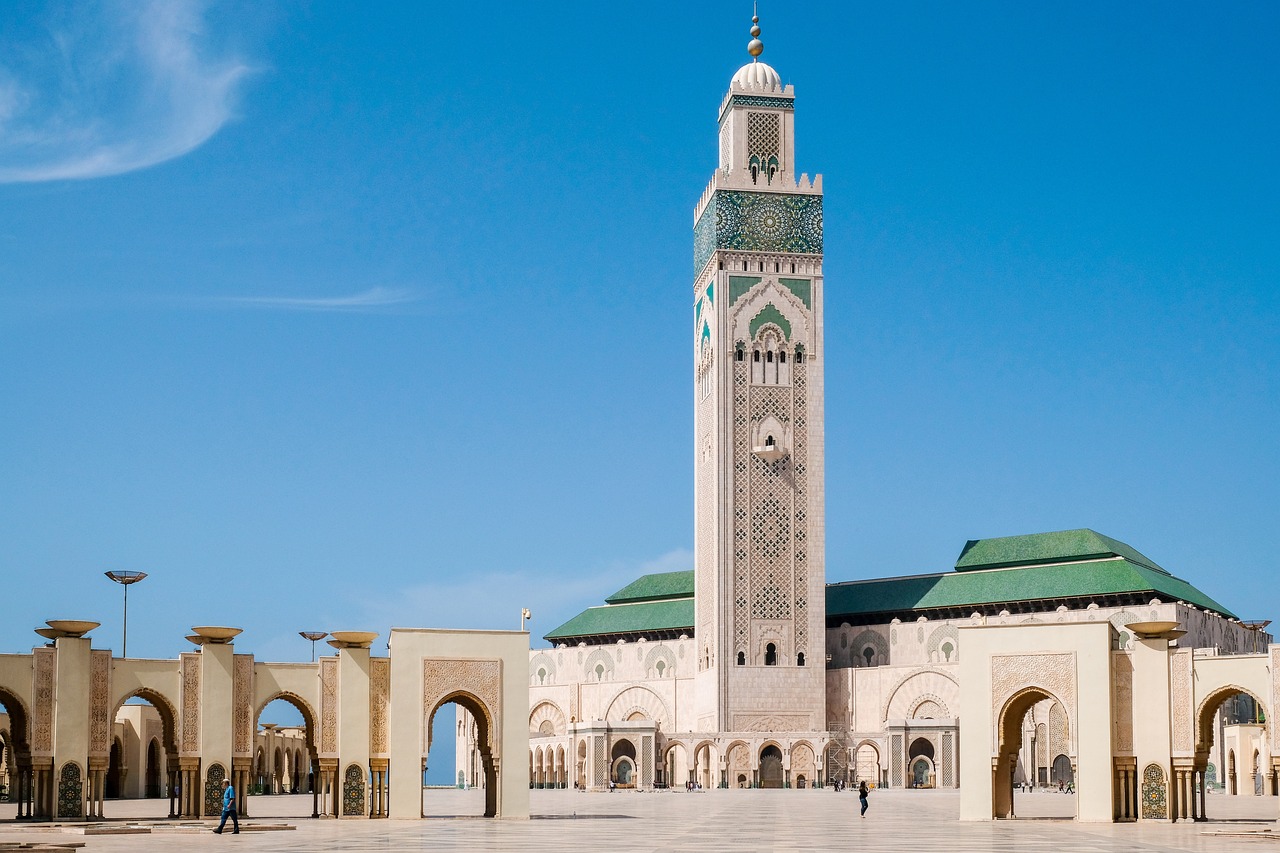Luxor is a city in Egypt, located in the southern part of the country along the Nile River. It is known for its rich history and many ancient monuments and archaeological sites, including the temples of Karnak and Luxor, the Valley of the Kings and Queens, and the Colossi of Memnon. Luxor was once the capital of Ancient Egypt during the New Kingdom period and remains a popular tourist destination today.
Short History
Luxor, formerly known as Thebes, has a long and rich history dating back to the Old Kingdom period of ancient Egypt. However, it was during the New Kingdom period (1550-1070 BCE) that Luxor rose to prominence as the capital of Egypt and the center of religious and political power.
During this time, many of the city’s most famous monuments and temples were built, including the temples of Karnak and Luxor, and the tombs of the Valley of the Kings and Queens. The pharaohs of the New Kingdom, such as Tutankhamun and Ramses II, were also buried in this area.
Over time, Luxor fell into decline as the capital was moved to other cities and the region was subjected to foreign invasions and occupation. However, in modern times, Luxor has become a major tourist destination due to its well-preserved ancient monuments and archaeological sites, as well as its rich cultural heritage.
Architecture
The architecture of Luxor is characterized by the many ancient monuments and temples that have survived to this day. These structures were built by the ancient Egyptians over a period of several thousand years, from the Old Kingdom period to the Roman era.
Some of the most famous examples of ancient Egyptian architecture in Luxor include the temples of Karnak and Luxor, the tombs of the Valley of the Kings and Queens, and the Colossi of Memnon. These structures are notable for their grand scale, intricate carvings and hieroglyphs, and the use of massive stone blocks and columns.
In addition to ancient Egyptian architecture, Luxor also has examples of other styles of architecture from various periods of its history. For example, there are Islamic-style buildings and mosques from the Arab and Ottoman periods, as well as colonial-era buildings from the British occupation of Egypt. Together, these different styles of architecture give Luxor a unique and diverse cultural heritage.
Museums and Galleries
Luxor is known for its rich history and cultural heritage, with many ancient monuments and archaeological sites dating back thousands of years. In addition to these ancient wonders, Luxor also boasts several museums and galleries that showcase the region’s history and art.
Here are some of the most interesting museums and galleries in Luxor:
- Luxor Museum – This museum houses a collection of artifacts from the ancient Egyptian period, including statues, reliefs, and objects from the tomb of Tutankhamun.
- Mummification Museum – This museum is dedicated to the process of mummification and contains exhibits and displays that illustrate how the ancient Egyptians prepared and preserved their dead.
- Museum of Islamic Art – This museum showcases a collection of Islamic art and artifacts, including ceramics, textiles, and calligraphy.
- Coptic Museum – This museum features a collection of Coptic Christian artifacts and art, including textiles, icons, and manuscripts.
- Souk El-Khamis Market – This bustling market offers a wide range of traditional Egyptian goods, including textiles, spices, and souvenirs.
- Mahmoud Mokhtar Museum – This museum houses the works of Mahmoud Mokhtar, a famous Egyptian sculptor known for his depictions of Egyptian nationalism and cultural identity.
- Karimat Art Gallery – This gallery features the works of contemporary Egyptian artists, including paintings, sculptures, and installations.
- Luxor Art Gallery – This gallery showcases a range of art and artifacts from various periods of Egyptian history, including ancient, Islamic, and modern.
Luxor offers a wealth of cultural and historical attractions, including several fascinating museums and galleries. From ancient Egyptian artifacts to contemporary art, these institutions provide visitors with a deeper understanding and appreciation of the region’s rich cultural heritage.
Landmarks and Monuments
Luxor is home to some of the world’s most impressive ancient landmarks and monuments. From the temples of Karnak and Luxor to the tombs of the Valley of the Kings and Queens, Luxor offers visitors a glimpse into the rich history and culture of ancient Egypt.
Here are some of the most interesting landmarks and monuments in Luxor:
- Karnak Temple Complex – This vast complex of temples and chapels is one of the largest religious sites in the world and contains some of the most impressive examples of ancient Egyptian architecture and art.
- Luxor Temple – Located in the heart of Luxor, this temple is known for its grand colonnades and intricate carvings, including the famous Avenue of Sphinxes.
- Valley of the Kings – This vast necropolis contains the tombs of many pharaohs and their consorts, including the tomb of Tutankhamun.
- Valley of the Queens – Located nearby the Valley of the Kings, this area contains the tombs of many queens and princesses of ancient Egypt.
- Hatshepsut Temple – This temple is known for its striking design, with terraces built into the cliffs and a series of colonnades and statues.
- Colossi of Memnon – These two massive statues of Amenhotep III once guarded the entrance to his mortuary temple and are a popular tourist attraction.
- Medinet Habu – This temple complex is dedicated to Ramses III and contains some of the best-preserved examples of ancient Egyptian reliefs and carvings.
- Deir el-Medina – This well-preserved village was home to the workers who built the tombs of the pharaohs and contains many interesting examples of ancient Egyptian daily life.
Luxor is a treasure trove of ancient landmarks and monuments, each with its own unique story and significance. From vast temple complexes to intricate tombs and villages, these sites provide visitors with a fascinating glimpse into the rich history and culture of ancient Egypt.
Parks and Green Spaces
While Luxor is best known for its ancient monuments and archaeological sites, the city also has several parks and green spaces that are worth exploring. From lush gardens to scenic riverfront promenades, these spaces offer a welcome respite from the hustle and bustle of the city.
Here are some of the most interesting parks and green spaces in Luxor:
- Luxor Corniche – This scenic promenade runs along the banks of the Nile River and offers stunning views of the water and the city’s landmarks.
- Al Moudira Garden – This lush garden is home to a variety of exotic plants and features a beautiful pool and fountain.
- Gezira Garden – Located on an island in the Nile, this park is known for its tranquil atmosphere and scenic views.
- Khaled Ibn El-Walid Park – This large park features a playground, soccer field, and walking paths, making it a popular destination for families.
- Eatabe El-Karnak Garden – This beautiful garden is located near the Karnak Temple and features a wide range of plants and flowers.
- Al Hazzazi Garden – This park is located in the heart of Luxor and is known for its beautiful trees and lush greenery.
- El Farida Garden – This tranquil garden is a popular spot for picnics and relaxation and features a small pond and fountain.
While Luxor is primarily known for its ancient monuments and cultural attractions, the city also offers several beautiful parks and green spaces for visitors to enjoy. From scenic riverfront promenades to lush gardens and parks, these areas provide a welcome respite from the heat and bustle of the city and offer a chance to relax and recharge amidst beautiful natural surroundings.
Shopping Districts
Luxor is a city steeped in history and culture, offering visitors a wide range of attractions and experiences. One such experience is shopping in the city’s many markets and shopping districts, which offer a unique glimpse into the local culture and traditions.
Here are some of the most interesting shopping districts in Luxor:
- Souk Al-Sagha – This market specializes in gold and silver jewelry and is a popular destination for tourists and locals alike.
- Souk Al-Attarine – Located near the Luxor Temple, this market offers a wide range of goods, including spices, textiles, and souvenirs.
- Sharia Al-Mahatta – This street is known for its many shops and vendors selling a wide range of goods, including clothing, souvenirs, and snacks.
- Sharia Al-Karnak – This street is known for its colorful storefronts and vendors selling a wide range of souvenirs, including papyrus art and traditional Egyptian handicrafts.
- Abu Al-Haggag Market – This bustling market is located near the Luxor Temple and offers a wide range of goods, including clothing, spices, and souvenirs.
Luxor offers a unique shopping experience for visitors, with many markets and shopping districts showcasing the city’s rich culture and history. From gold and silver jewelry to traditional handicrafts and souvenirs, there is something for everyone in Luxor’s vibrant shopping districts.
Food and Drink
Luxor offers a variety of delicious traditional foods and drinks that visitors should definitely try during their stay. Here are some of the most popular:
- Kushari – A classic Egyptian dish made with rice, macaroni, lentils, chickpeas, and a spicy tomato sauce. It’s a hearty and filling meal that is popular with locals.
- Ful Medames – A staple breakfast dish in Egypt, made with mashed fava beans, olive oil, and spices, and served with pita bread.
- Kebab – Grilled meat skewers, usually made with chicken, beef, or lamb and served with rice, bread, and salad.
- Falafel – Deep-fried balls made from ground chickpeas or fava beans, served with tahini sauce and pita bread.
- Shawarma – Thinly sliced meat (usually chicken or beef) cooked on a rotating spit, served with pita bread, vegetables, and sauces.
- Fresh Fruit Juices – Luxor has a variety of fresh fruit juices available, including mango, guava, and strawberry. They’re a refreshing and healthy drink option.
- Egyptian Tea – A strong, black tea that is typically served sweetened and with a sprig of mint.
- Hibiscus Tea – A tangy and refreshing tea made from dried hibiscus flowers. It can be served hot or cold and is a popular drink in Egypt.
- Arabic Coffee – A strong, spiced coffee that is often served as a welcoming gesture to guests. It’s usually served with dates or other sweets.
Luxor has a variety of delicious and unique foods and drinks that visitors should definitely try during their stay. From hearty meals like Kushari and Kebab, to refreshing drinks like Hibiscus Tea and Fresh Fruit Juices, there’s something for every palate. And of course, a cup of Arabic Coffee is a must-try for any coffee lover visiting Egypt.
Transportation
There are several ways to move around Luxor depending on your preferences and budget. Here are some of the best options:
- Taxi – Taxis are widely available in Luxor and are a convenient and affordable way to get around. They can be hailed on the street or booked through a hotel or taxi stand. Be sure to negotiate the fare beforehand to avoid any confusion or overcharging.
- Private Car – If you prefer a more comfortable and personalized mode of transportation, you can hire a private car and driver for the day or your entire trip. This is a good option for families or groups who want more flexibility and control over their itinerary.
- Public Transportation – Public buses and minibusses are available in Luxor, but they can be crowded and confusing for visitors who are not familiar with the routes and schedules. It’s best to ask a local or a hotel concierge for assistance if you want to use public transportation.
- Bicycle – Renting a bicycle is a fun and eco-friendly way to explore Luxor, especially if you want to visit the city’s parks and green spaces. However, the traffic in Luxor can be chaotic, so it’s important to be cautious and aware of your surroundings.
- Walking – Luxor is a relatively small city, and many of its attractions are within walking distance of each other. Walking is a great way to soak up the local atmosphere and discover hidden gems that you might miss in a car or taxi.
Luxor offers several convenient and affordable ways to get around, from taxis and private cars to public transportation and bicycles. Walking is also a great option for those who prefer a more leisurely and immersive experience. Whatever your preferred mode of transportation, be sure to plan ahead and take necessary precautions to ensure a safe and enjoyable trip.
City Safety
Luxor is generally considered a safe destination for tourists. The Egyptian government has implemented strict security measures to ensure the safety of visitors, particularly at tourist sites and airports. However, as with any destination, it is important to exercise common sense and take precautions to ensure your safety while traveling in Luxor.
Here are some tips to help you stay safe in Luxor:
- Stay aware of your surroundings and be vigilant for any suspicious activity or behavior.
- Avoid political demonstrations and protests, which can sometimes turn violent.
- Be cautious when using public transportation and only use reputable taxis or private cars.
- Keep your valuables secure and out of sight, and be aware of pickpockets and scams targeting tourists.
- Dress modestly and respectfully, especially when visiting religious sites.
- Stay hydrated and protect yourself from the sun, as Luxor can be hot and dry, particularly during the summer months.
- Always follow the advice of local authorities and your hotel or tour operator.
Overall, Luxor is a safe and welcoming destination for tourists, but it’s always important to stay alert and take necessary precautions to ensure a safe and enjoyable trip.
Expensive or Cheap
Luxor is generally considered an affordable destination for tourists. Prices for accommodation, food, and transportation are relatively low compared to other tourist destinations in the region. However, prices can vary depending on the level of luxury and the time of year.
Here are some examples of average prices in Luxor:
- Accommodation – Budget hotels and guesthouses can cost around $10-$20 per night, while mid-range hotels and resorts can cost around $40-$70 per night.
- Food – Local restaurants and street food vendors offer inexpensive meals, with prices ranging from $1-$5 per dish. Western-style restaurants and cafes can be more expensive, with prices ranging from $10-$20 per meal.
- Transportation – Taxis are generally affordable, with fares starting at around $1 and increasing based on distance. Private car hire and tours can be more expensive, with prices ranging from $30-$100 depending on the duration and itinerary.
- Entrance Fees – Entrance fees for archaeological sites and museums in Luxor can vary, but generally range from $5-$15 per site. Some attractions, such as the Valley of the Kings, require an additional fee for photography.
Luxor is a relatively affordable destination for tourists, offering a range of options to fit different budgets and travel styles. However, prices can vary depending on the level of luxury and the time of year, so it’s always a good idea to research and plan ahead to get the best deals.
Date Ideas
Luxor is a city rich in history and culture, with many attractions and activities for visitors to enjoy. Whether you’re looking for a romantic evening or a fun day out, there are plenty of date ideas in Luxor to suit your interests.
Here are some date ideas in Luxor:
- Sunset Felucca Ride – Take a romantic sunset cruise along the Nile River in a traditional felucca boat, and enjoy the stunning views of the city’s landmarks.
- Horse Carriage Ride – Take a leisurely ride through the streets of Luxor in a horse-drawn carriage, and explore the city’s sights and sounds.
- Luxor Temple Night Sound and Light Show – Experience the magic of Luxor Temple at night, with a sound and light show that illuminates the ancient ruins.
- Hot Air Balloon Ride – Take a breathtaking ride in a hot air balloon over the Valley of the Kings, and enjoy panoramic views of the desert and the Nile.
- Shopping at Local Markets – Browse the colorful stalls of Luxor’s many markets and souks, and find unique gifts and souvenirs to take home.
- Picnic at a Park – Enjoy a romantic picnic in one of Luxor’s many beautiful parks and gardens, and savor the flavors of local food and drink.
- Spa Day – Treat yourselves to a relaxing day at a spa, and enjoy massages, facials, and other rejuvenating treatments.
- Wine Tasting – Visit a local winery or vineyard and sample some of the region’s best wines, while enjoying the beautiful scenery.
- Cooking Class – Take a cooking class together and learn how to prepare some of Luxor’s most delicious traditional dishes.
- Museum Visit – Explore the rich history and culture of Luxor by visiting one of the city’s many museums, and discover the fascinating stories behind its ancient artifacts and monuments.
Luxor offers a wealth of options for couples looking for a romantic date or a fun day out. Whether you prefer outdoor activities like hot air balloon rides and park picnics, or indoor pursuits like wine tastings and museum visits, there’s something for everyone in Luxor. So why not plan a date in this enchanting city and create memories that will last a lifetime?
Fun and Interesting Facts
Luxor is a city steeped in history and culture, with a wealth of ancient landmarks and monuments that draw millions of visitors each year. But there’s much more to Luxor than its archaeological treasures. Here are some fun and interesting facts about Luxor:
- Luxor was once known as Thebes, and was the capital of ancient Egypt during the New Kingdom period.
- The city is home to some of the world’s most impressive ancient landmarks, including the Temple of Karnak and the Valley of the Kings.
- Luxor is often referred to as the world’s greatest open-air museum due to the number of ancient monuments and ruins that can be found throughout the city.
- The city is located on the east bank of the Nile River, and is connected to the west bank by several bridges and ferries.
- Luxor is home to a vibrant and colorful souk (marketplace) that offers a range of goods, including spices, textiles, and souvenirs.
- The city is famous for its hot air balloon rides, which offer breathtaking views of the Nile River and the surrounding desert.
- Luxor has a rich culinary heritage, with traditional dishes like Kushari and Ful Medames that are popular with locals and visitors alike.
- The city has a vibrant nightlife scene, with many bars and nightclubs that cater to both locals and tourists.
- Luxor is home to a number of festivals and events throughout the year, including the Luxor African Film Festival and the Luxor Opera Festival.
- The city is a popular destination for archaeologists and historians, who continue to make new discoveries and uncover the secrets of ancient Egypt.
In conclusion, Luxor is a city with a rich and fascinating history, as well as a vibrant culture and modern amenities. From its ancient landmarks and monuments to its colorful souks and lively nightlife, there’s something for everyone in this enchanting city. Whether you’re a history buff, a foodie, or a lover of adventure, Luxor is a destination that is sure to capture your heart and imagination.



